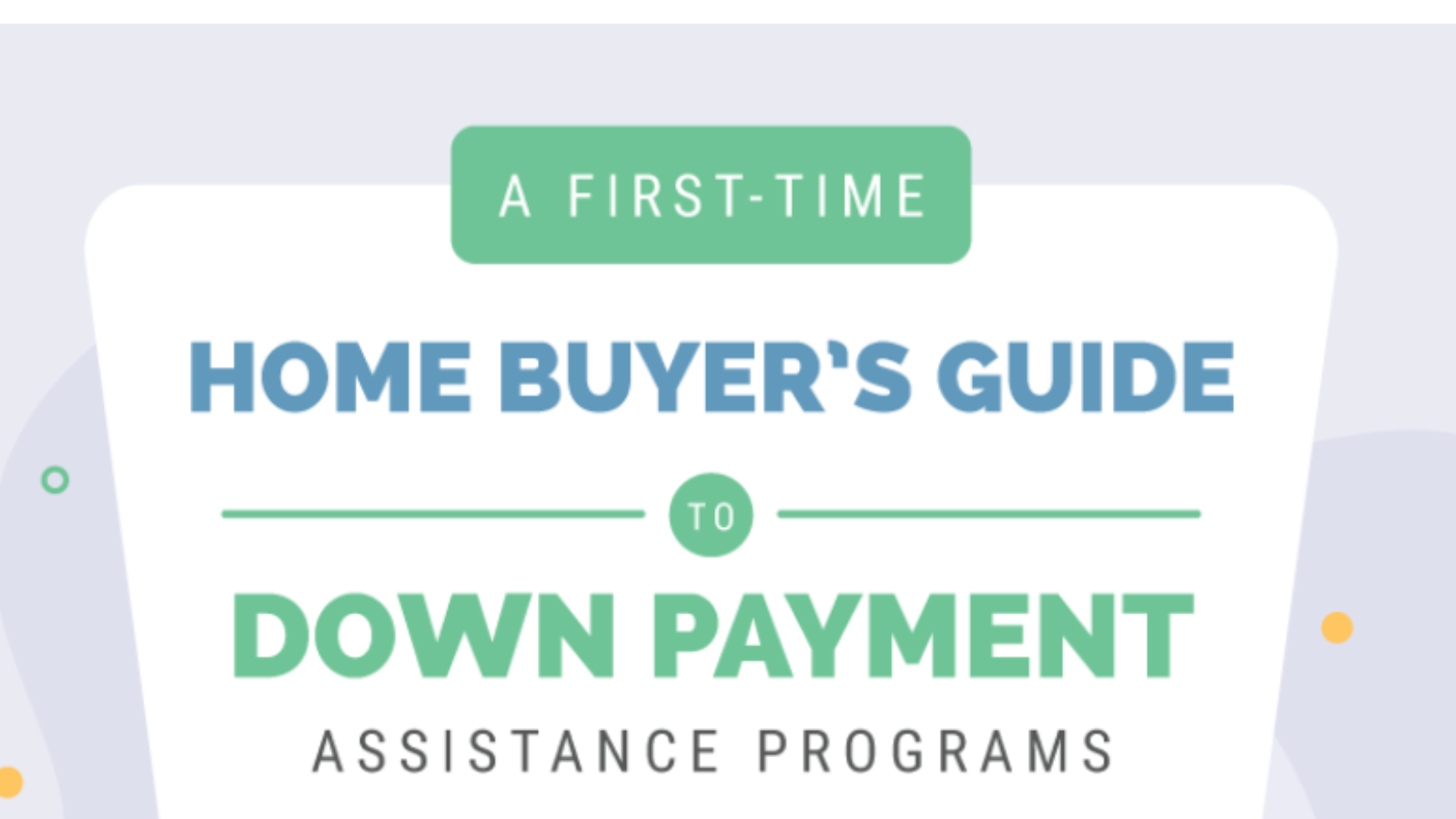Purchasing a home is a significant milestone in one’s life, but for many first-time buyers, the biggest challenge lies in coming up with enough money for the down payment. In the competitive real estate market of Silicon Valley, where property prices are notoriously high, this hurdle becomes even more daunting. However, there is good news: there are numerous down payment assistance programs available to help first-time home buyers overcome this financial barrier. In this comprehensive guide, we will explore the various down payment assistance programs and low-down-payment loan options specifically tailored for the Silicon Valley region.
Understanding Down Payments and Down Payment Assistance
Before delving into the specifics of down payment assistance programs, let’s first understand the concept of a down payment. A down payment is a portion of the total sales price of a home that a buyer pays upfront, while the rest of the payment comes from a mortgage loan. Typically expressed as a percentage, the median down payment for homes purchased in 2018 was around 6 percent. However, putting down at least 20 percent allows buyers to avoid paying for private mortgage insurance (PMI).
Down payment assistance programs offer various funding options, such as grants, zero-to-low-interest loans, and tax credits, to help eligible home buyers cover their down payment or closing costs. These programs are typically managed and funded by federal, state, or local governments, each with its own set of requirements and limitations.
Requirements for Down Payment Assistance Programs and Low-Down Payment Loans
To qualify for down payment assistance programs and low-down payment loans in Silicon Valley, first-time home buyers need to meet certain criteria. Let’s explore some of the most common requirements:
First-Time Homebuyers
Contrary to popular belief, you can qualify as a first-time home buyer even if you’ve owned a house before. In the context of down payment assistance programs, the term “first-time home buyer” refers to individuals who haven’t owned their principal residence in the last three to five years. This means that if you previously owned a home but are currently renting, you may still be eligible for first-time home buyer loans and benefits.
One such loan option is the Federal Housing Administration (FHA) loan, which is insured by the Department of Housing and Urban Development (HUD). FHA loans are particularly beneficial for first-time homebuyers with little or no money saved for a down payment and lower credit scores.
Income Requirements
Many down payment assistance programs in Silicon Valley are designed to serve residents with low-to-moderate income. To qualify for assistance, a borrower’s household income must typically be below a certain threshold. Programs like the Rural Development Single Family Housing Guaranteed Loan Program offered by the U.S. Department of Agriculture (USDA) have adjusted income limits that vary per state and city.
Residence Restrictions and Location
Some down payment assistance programs and low-down payment loans in Silicon Valley have residence restrictions and location-specific requirements. For example, certain programs may only allow buyers to purchase homes in approved locations or specific areas. In an effort to revitalize certain neighborhoods, many cities offer assistance programs to attract residents to live and work in those areas for a designated period.
The USDA loans, for instance, require borrowers to buy homes in areas with a population below 35,000, which includes many rural and some suburban areas. On the other hand, the Good Neighbor Next Door (GNND) Program, sponsored by HUD, encourages the purchase of homes located in “revitalization areas” with low household incomes and a high number of foreclosed properties.
Home Price Limits
Many down payment assistance programs also impose limits on the price of the home that buyers can purchase. These limits are often based on a percentage of the area’s median home purchase price. Additionally, home price limits may vary for existing homes and new construction.
It is essential for home buyers in Silicon Valley to familiarize themselves with these price limits to ensure they are within the eligible range for assistance programs.
Residency Requirements
Borrowers who receive down payment assistance may be required to live in the home they purchase for a set number of years, typically at least five years. If the home is sold before the completion of this timeframe, the borrower may be required to repay the assistance received on a prorated basis.
Residency requirements are put in place to ensure that the assistance provided benefits individuals who intend to make the home their primary residence for an extended period.
Profession-Specific Programs
Certain down payment assistance programs cater specifically to professionals in certain fields. These programs are designed to support professionals such as educators, protectors, firefighters, veterans, and households with disabled members.
The U.S. Department of Veterans Affairs (VA) offers home loans that allow veterans, active-duty service personnel, select Reservists or National Guard members, and the spouses of military members to own a home with no down payment and competitive interest rates. Similarly, the GNND program provides housing aid to professionals such as law enforcement officers, teachers, and emergency medical technicians, with specific housing and loan conditions for each profession.
Home Buyer Education Requirements
Many state and local government programs require participants to complete a homebuyer education course. These courses, guided by HUD, provide valuable information to help borrowers qualify for a mortgage and navigate the complex home buying process. Both first-time homebuyers and “boomerang buyers” who are re-entering homeownership after experiencing financial hardship or the loss of a home can benefit from these education programs.
Homebuyer education courses cover a range of topics, including determining how much home you can afford, comparing real estate agents and lenders, exploring mortgage options, improving credit scores, and making informed decisions during the house-hunting process. Completing a homebuyer education course can enhance your understanding of the home buying process and increase your chances of securing down payment assistance.
Conclusion
Purchasing a home in Silicon Valley can be a daunting task, particularly for first-time buyers struggling to save for a down payment. However, numerous down payment assistance programs and low-down payment loan options are available to help overcome this financial hurdle. By understanding the requirements and qualifications for these programs, aspiring homeowners can take advantage of the opportunities provided by federal, state, and local governments. Remember to do your research, explore the various programs, and consult with real estate professionals to find the best down payment assistance program for your needs. With the right resources and support, owning a home in Silicon Valley can become a reality.



